The Great American Outdoors Act: Five years of transforming public lands
On Aug. 4, 2020, President Donald J. Trump signed the Great American Outdoors Act (GAOA) into law, marking a historic moment for outdoor recreation and conservation in the United States. In the five years since its passage, this landmark legislation has provided significant resources for federal land management agencies – including the National Park Service, U.S. Fish and Wildlife Service, Bureau of Land Management, Bureau of Indian Education, and U.S. Forest Service – to improve public lands and waters for the benefit of visitors and local communities nationwide. (Note that in celebration of GAOA’s anniversary, Aug. 4, 2025, is a fee-free day across America’s public lands managed by the U.S. Department of the Interior!)
GAOA works to enhance outdoor recreation and conservation, support wildfire management, and boost local economies. GAOA funding is financed by energy development revenues on federal lands and waters and represents a substantial investment in sustaining the health and productivity of America’s public lands for current and future generations.
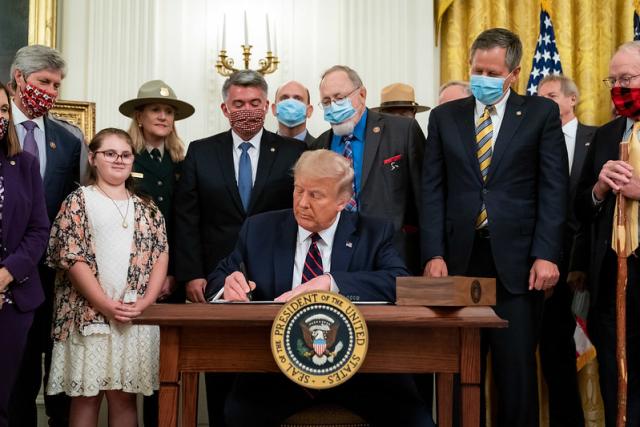
Enhancing outdoor recreation and conservation
GAOA established the National Parks and Public Land Legacy Restoration Fund (LRF), which dedicates funding to address deferred maintenance and repair needs across federally managed public lands. BLM received $475 million in LRF funding between 2021 and 2025, helping to ensure BLM roads, trails, campgrounds, visitor centers, and other assets and facilities are safe and accessible for the public.
Just a few examples:
The Chimney Rock Campground along Oregon’s Crooked Wild and Scenic River offers a relaxing woodland setting among massive Columbia River rock formations. An LRF-funded project renovated the entire site, including day use areas, a group picnic shelter, interpretive kiosks, trails, parking lots, toilets, and an ADA-accessible fishing platform to improve public access and safety.

At the Moab Recreation Area in Utah, which contains 26 campgrounds and a multitude of outdoor recreation opportunities, LRF funding has been used to address drainage issues at the Poison Spider Trail Head. Project work included reshaping and replacing drainage structures, reshaping the site road and parking lot, and resurfacing. This project also repaired flash flood damage at Big Bend, a popular recreation site along the Colorado River where visitors can enjoy a sandy beach, boat launch, and river viewing areas.
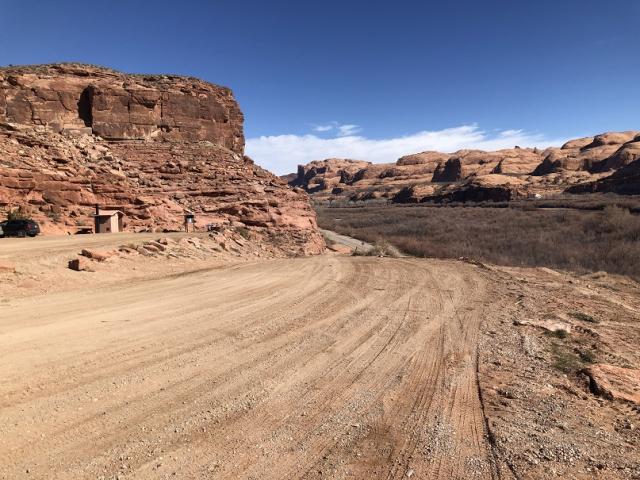
In western Montana, LRF investments funded improvements at Big Hole Recreation Site, which provides primary access to four separate day use areas. Project work included paving the sites’ parking lots with asphalt to maximize the footprint, create safe traffic flow, and reduce maintenance costs. Additional project work included adding concrete to the sites’ boat ramps to provide the public with a safer and more durable river access point.
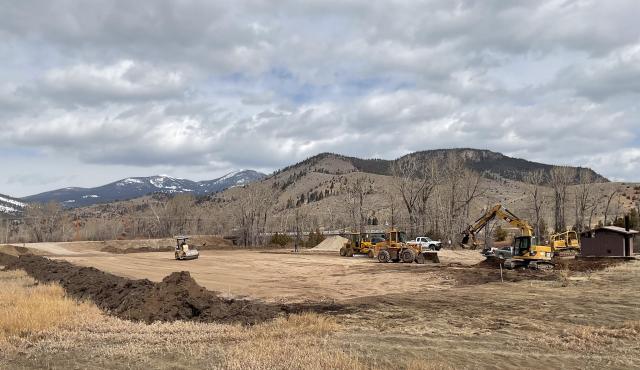
Supporting wildfire management
GAOA also has been instrumental in supporting wildfire management and prevention. BLM’s Fire program is a leader in wildland fire management, conducting a broad range of actions to protect communities as well as landscapes, wildlife habitat, recreation areas, and natural and cultural resources. With increasing wildfire risks across the West in recent years, additional investments from GAOA have made a big difference in preparedness.
For example, the Grand Junction Air Center in western Colorado is a multipurpose facility that plays a critical role in national wildland fire support. A GAOA LRF-funded project is replacing multiple structurally deficient, hazardous, and unsafe buildings with a single, cost-effective building as well as conducting repairs to the tanker base to bring it into compliance with Federal Aviation Administration requirements. This work will support national wildland fire operations and keep operations staff at the site safe.
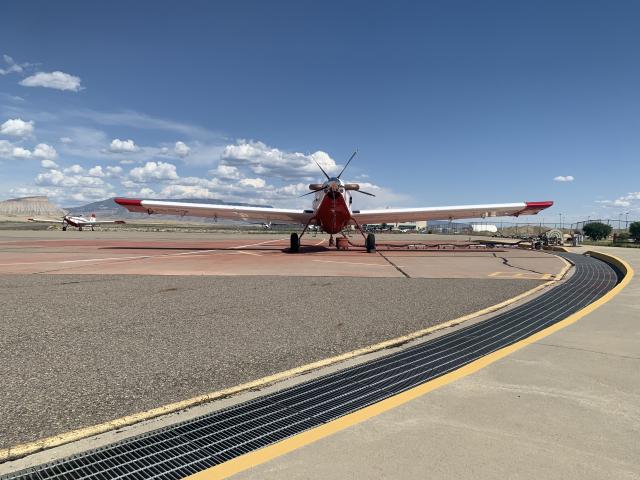
In addition, the National Interagency Fire Center (NIFC), the nation’s support center for wildland firefighting, underwent major renovations thanks to GAOA funding. One project upgraded NIFC’s computer center, installing uninterruptible power system units to ensure wildfire operations are not affected by computer power failures. The main office suite at the Jack F. Wilson Administrative Building also was renovated to bring it up to code, remove hazards to visitors, and reduce annual maintenance costs.
GAOA funding is also being used to replace the most deteriorated portions of NIFC’s airfield ramp tarmac in accordance with Federal Aviation Administration requirements and military standards for heavy military aircraft, which are used in fire suppression operations.
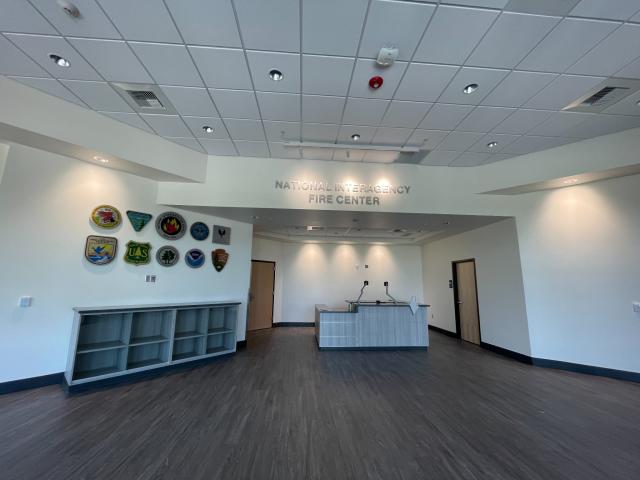
Boosting local economies
The investments made possible by GAOA not only enhance outdoor recreation opportunities and conserve and protect public lands but help local communities thrive. Improved facilities and better access to public lands attract visitors, which in turn supports local businesses and creates jobs. In fact, recreation on BLM-managed public lands contributed $11.8 billion in economic output and supported 76,000 jobs in Fiscal Year 2023, providing a big boost to communities across the West.
So, as we enjoy the beauty and bounty of our natural landscapes, let’s celebrate the positive impact of the GAOA on the efforts of BLM and other federal land management agencies to protect and enhance our shared heritage. For five years now, this landmark law has helped preserve our environment and fostered a deeper connection between communities and the great outdoors, which will help ensure that America’s public lands remain vibrant and accessible for generations to come.
Greg Fuhs, Public Affairs Specialist
Related Stories
- Take a First Day Hike on Your Public Lands
- Rural wildland firefighting partners grateful for BLM gift
- BLM Fire Team brings Smokey Bear to Kingman’s Street of Lights
- BLM hosts fire investigation training course to strengthen wildland fire investigation capacity across Arizona and the West
- Using science to uncover mysteries of the Mesa archaeological site in Alaska
